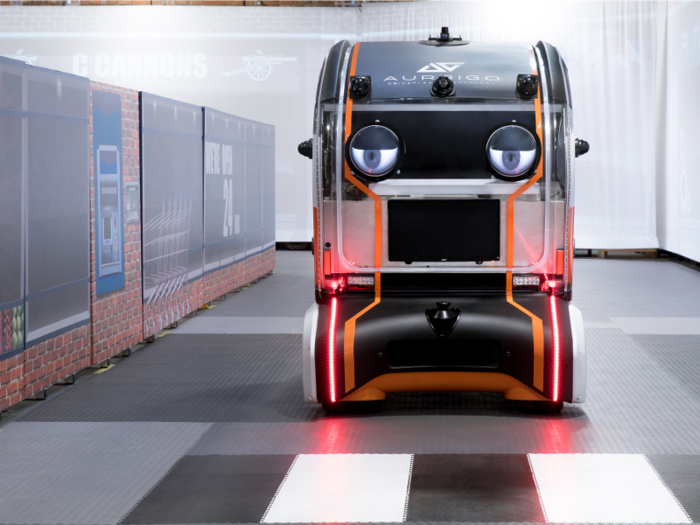







 Gold rate today: Latest gold rates in Mumbai, Delhi, Kolkata, Bengaluru, Chennai, and other Indian cities
Gold rate today: Latest gold rates in Mumbai, Delhi, Kolkata, Bengaluru, Chennai, and other Indian cities
 Aadhar Housing Finance IPO allotment – How to check allotment, GMP, listing date and more
Aadhar Housing Finance IPO allotment – How to check allotment, GMP, listing date and more
 Beyond banking: How Slack is reshaping financial services for the digital age
Beyond banking: How Slack is reshaping financial services for the digital age

Copyright © 2024. Times Internet Limited. All rights reserved.For reprint rights. Times Syndication Service.